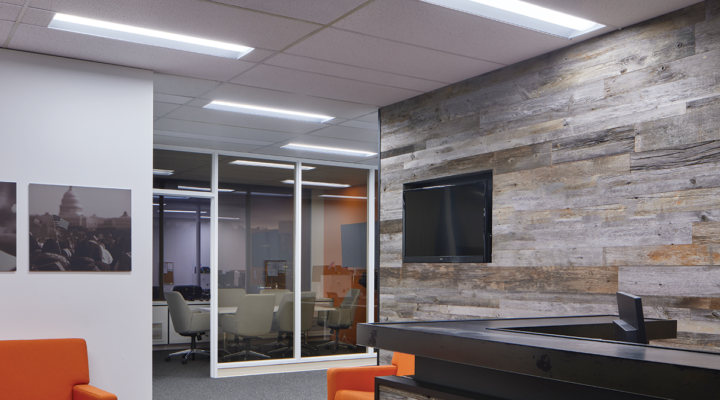Know your audience – plan your approach
Luminaire Level Lighting Control (LLLC) systems offer plenty of benefits, but customers may feel overwhelmed or become skeptical when they perceive too many promises. Effectively communicating the value of LLLC systems starts with knowing who you’re talking to and what matters to them.
-
Identify your stakeholders
Yes, working with the key decision maker is paramount to making a project come together, but that key decision maker often represents a cohort of
stakeholders whose opinions matter. Determine who you need to influence. -
Understand what they need
Once you have identified your relevant stakeholders, examine their critical needs. Instead of trying to convey all the potential system benefits, think specifically about their problems and how an LLLC system could resolve them. You can now begin crafting a proposal which targets the key decision maker while effectively incorporating value propositions that matter most to your stakeholders.
-
Clarify your message
To keep your message clear, use concise language to address stakeholder needs and clearly explain the value proposition. Organize your proposal into distinct sections and connect each to key stakeholder needs. For example, one section could cover financial elements, while another could identify qualitative system features.
Build off these common examples
Using your industry experience, build off the common examples listed below – to help your next proposal stand out from all the rest.
-
Tenants: Living with the system
• Easier way to interface with the building
• Increase in comfort and productivity
• Increased lighting quality and space appearance
• More personal and flexible way to control lighting -
Building Operators: Leveraging the system
• Easier way to interface with the building
• Reduced maintenance time and cost
• Monitor, dashboard, and control system as needed
• Extended luminaire and system life
• Integration to other building systems -
Contractors/Installers: Implementing the system
• Simplified installation and maintenance
• Allows for more flexible designs
• Create longstanding relationship through consistent optimization
• Platform for additional value-adding services -
Building owners: Investing in the system
• Flexibility for future space changes
• Meet code or certification requirements
• Reduced operating costs
• Accommodate light sensitive tenants
